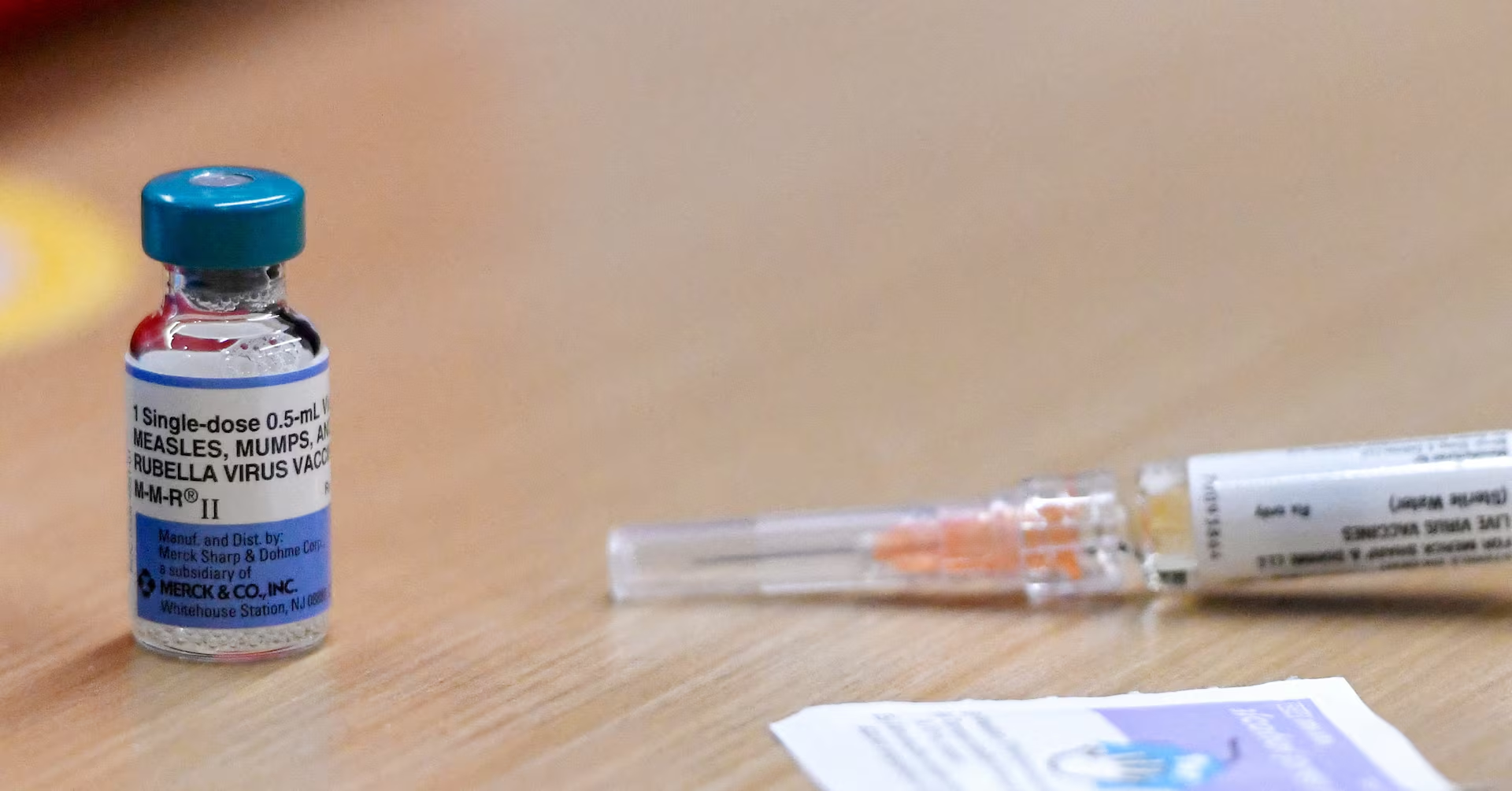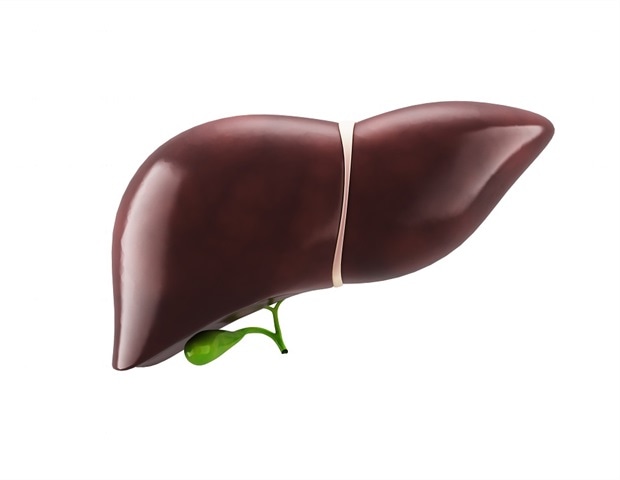Researchers are calling for revision of the World Health Organization pertussis (whooping cough) case definition after finding that both it and a modified definition miss many lab-confirmed cases in…
Reuters The Ebola outbreak in the Democratic Republic of the Congo shows signs of containment, with no new confirmed or probable cases since the World Health Organization’s last update on October…







